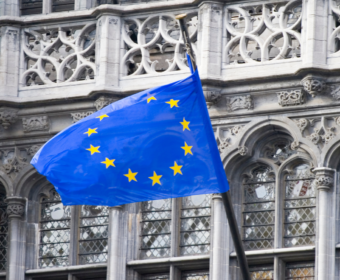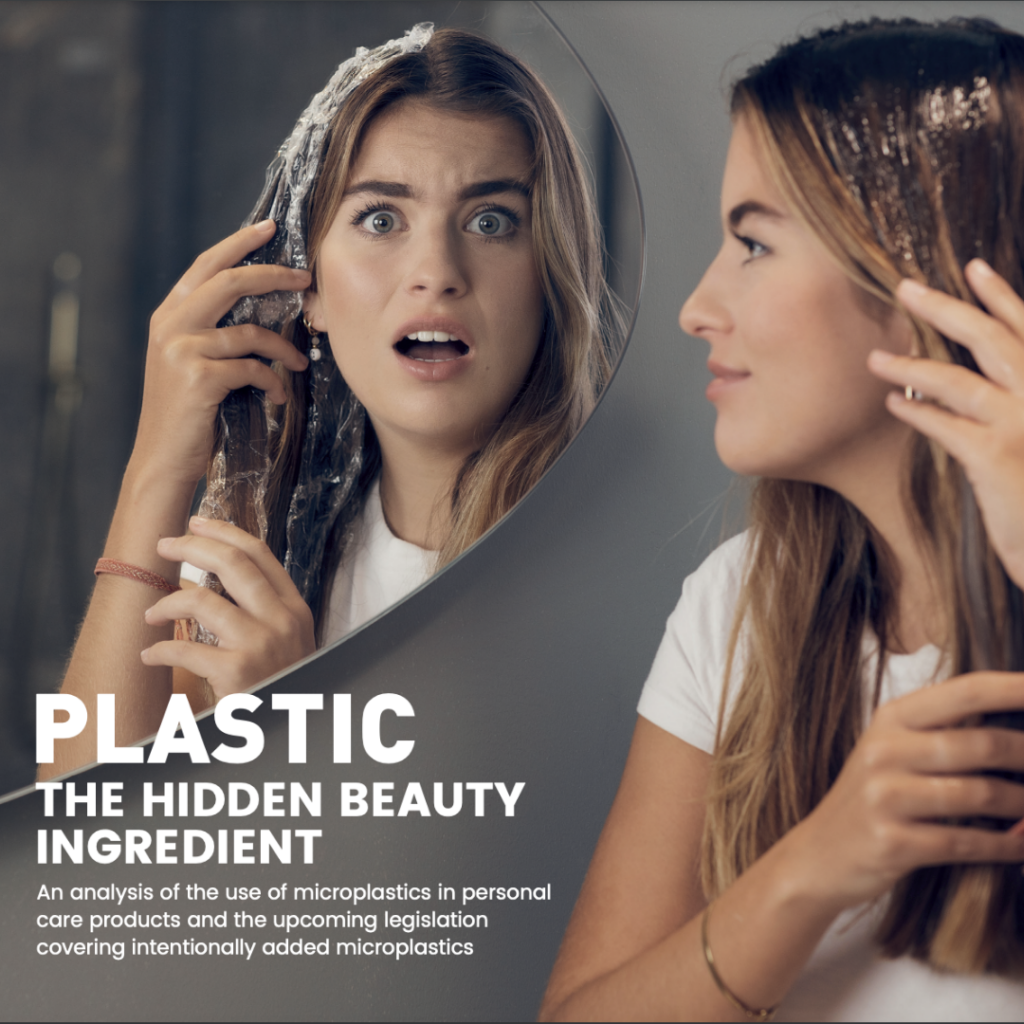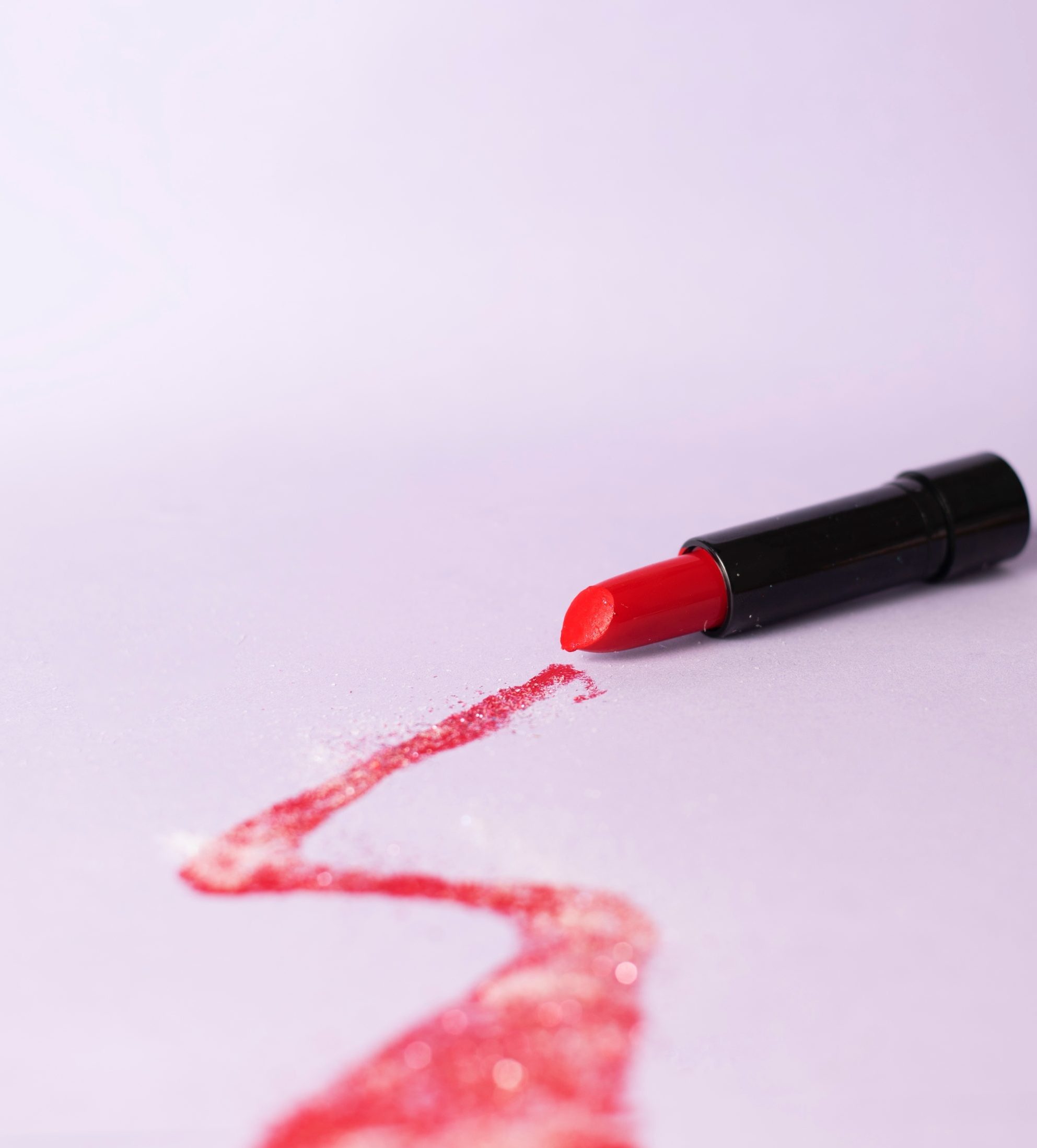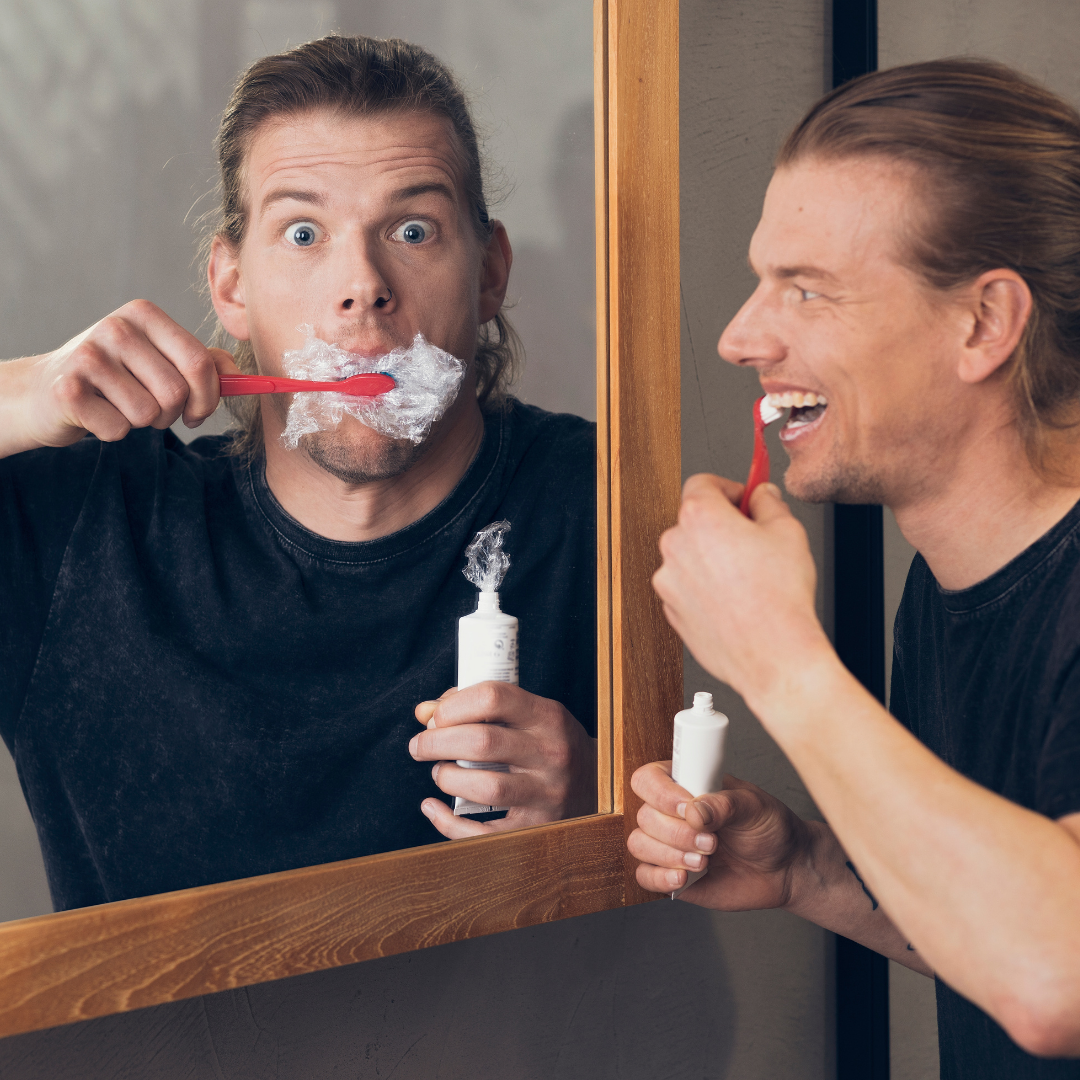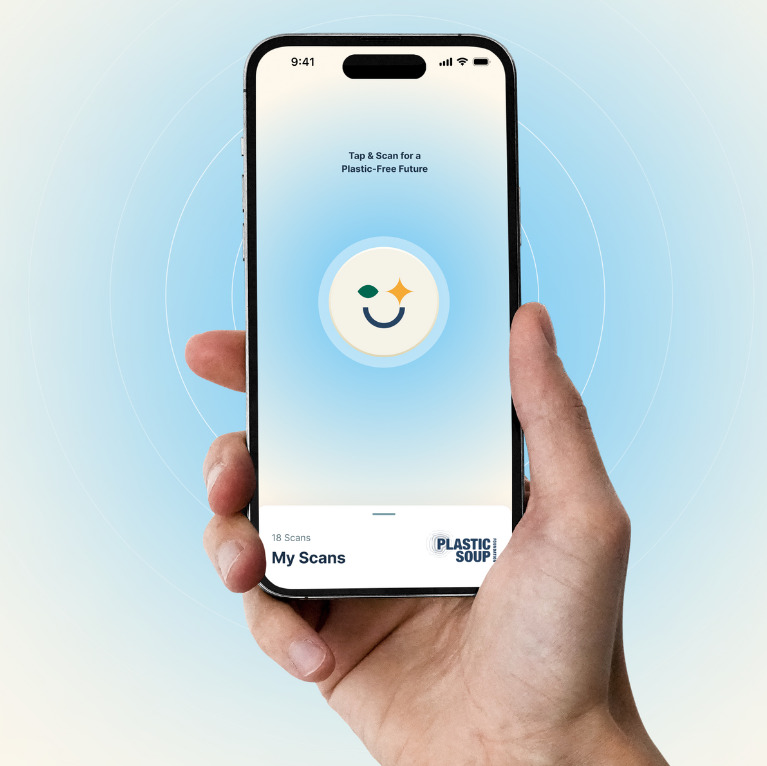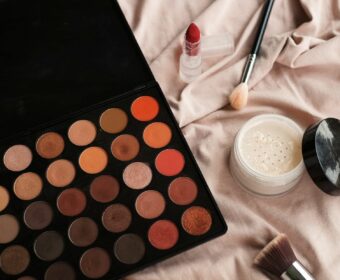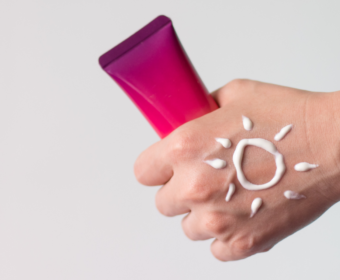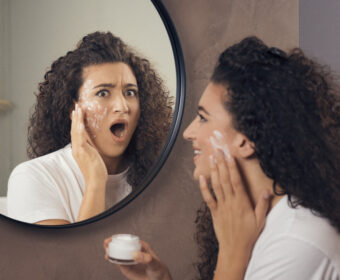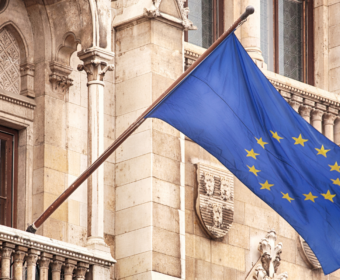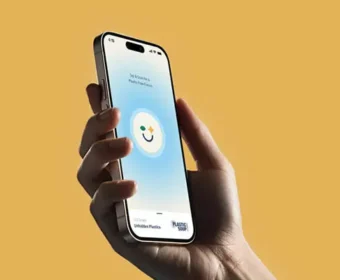
Plastic: The Hidden Beauty Ingredient
What are microbeads?
Guide to microplastics
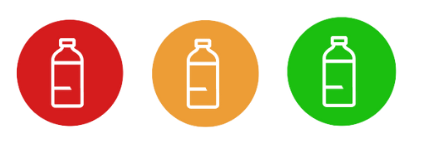
In 2012, we started campaigning against the use of microbeads in everyday products. In 2015, with the research conducted by UNEP and TAUW, we came across a list of 67 microplastic ingredients to be aware of.
Today, with the restriction proposal by European Chemical Agency (ECHA), we are aware of more than 500 microplastic ingredients widely used in cosmetics and personal care products. Not only that, but we are now also targeting more than 100 “sceptical microplastic” ingredients. Some of these ingredients indicate toxicity to human health, some to aquatic life, and for others, there is not enough information available.
All this information can be quite daunting, that’s why we created this easy Guide to Microplastics in Cosmetics for you in form of a traffic light system.
QUICK ACTIONS
Here are 4 ways you can quickly make a difference in the fight against microplastics pollution cause by cosmetics and personal care products.
Impact
Since the beginning of Beat the Microbead campaign, 19 countries have taken steps to ban microbeads.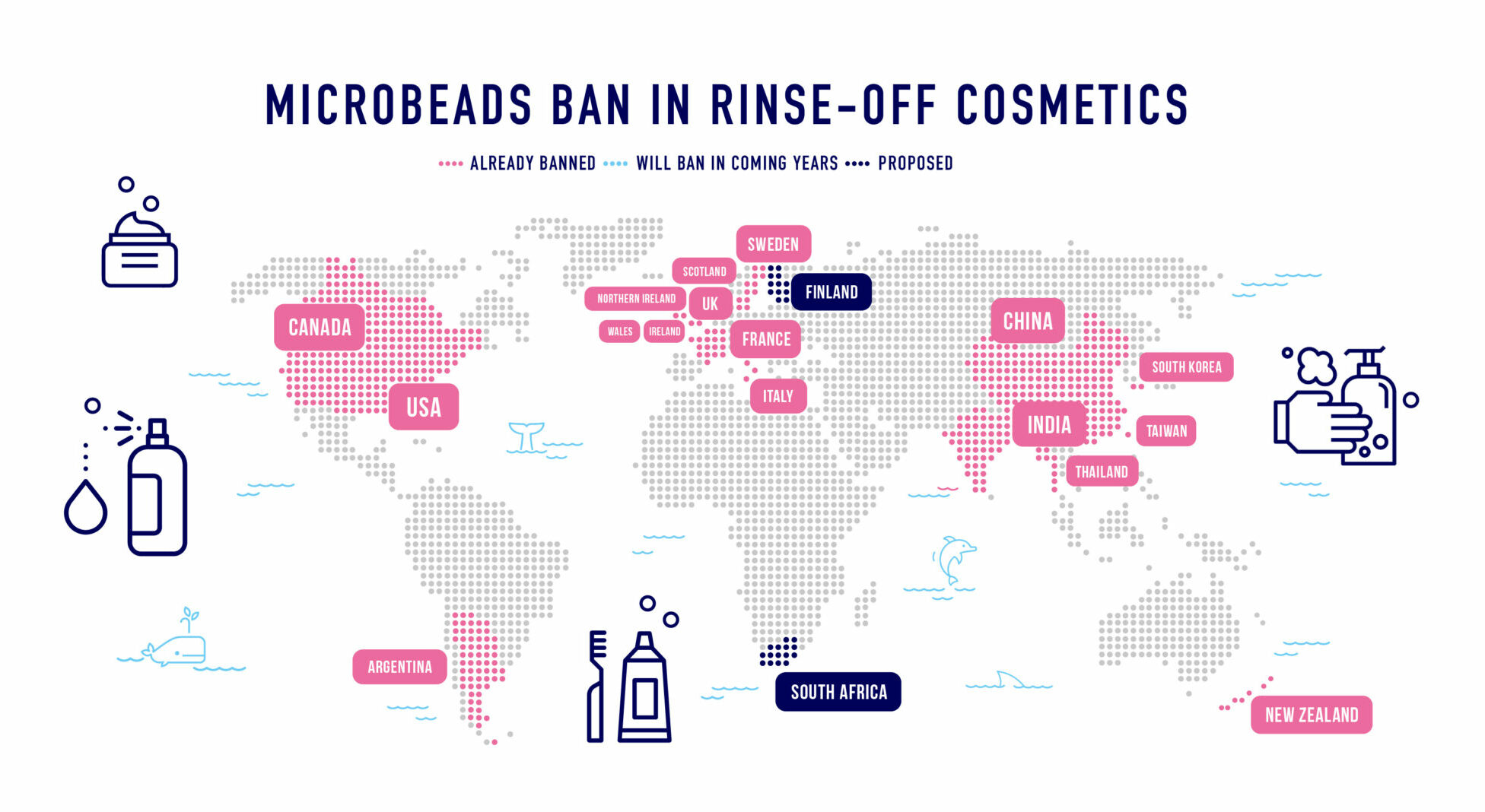
Support us

We are a people-funded organisation. Your support and donations are crucial for us to continue our fight for a cleaner and safer cosmetics. All the proceeds are used to better our tools, PlasticFreeFuture app and support our mission.
Do you want to help us change the cosmetics industry for the better? Make a donation today!
DonateLatest news

